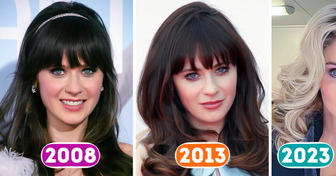7 Tips to Absolutely Keep in Mind When You Have a Teenager

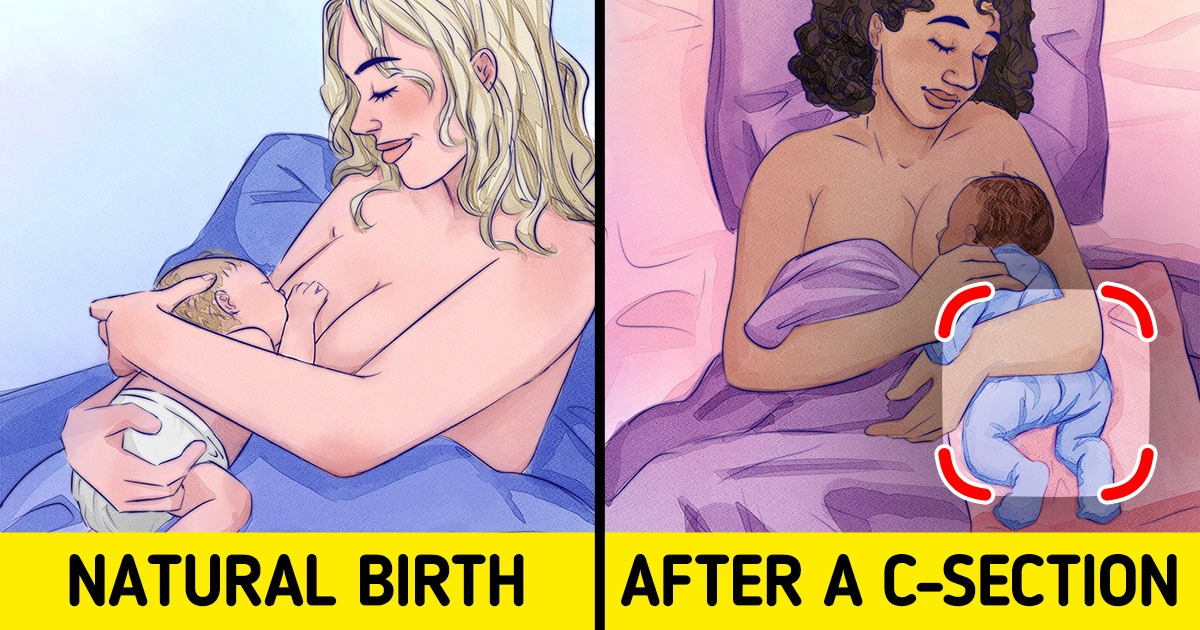
Breastfeeding is one of the most intimate moments you can share with your baby. It promotes healthy weight gain, makes your baby experience fewer digestive problems, such as colic or gas, and strengthens their immune system. However, this experience can also be rather challenging, especially for new moms.
We at Bright Side care about our readers’ well-being, so we’ve made a list of tips to get you through this experience as smoothly as possible.
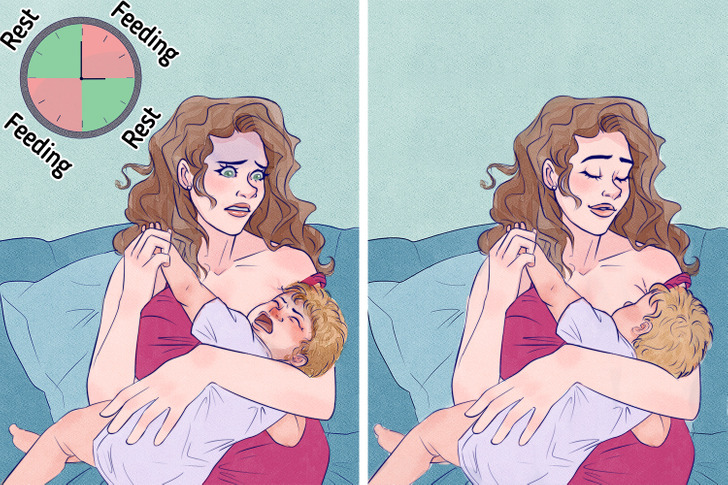
If it’s low, or you just want to make sure you get an even supply when nursing, breastfeed as often as possible and not just by the clock. Your baby will be in charge of deciding when it’s full. Also, pumping between feeds will boost milk production. Make sure that your baby feeds from both breasts so that they’re equally stimulated.
What you eat is also important because it will not only provide you with the much-needed nutrients for your baby, but some foods and herbs can also help with lactation, like garlic, ginger, fennel, and fenugreek. There are also lactation cookies that can help your supply increase as well.
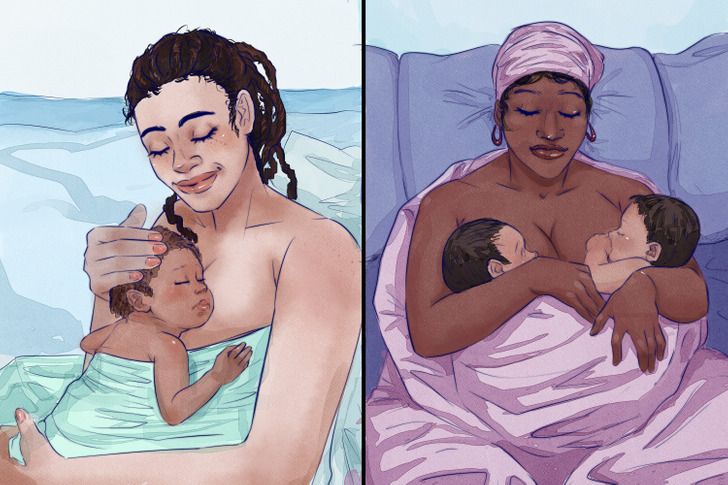
The first few weeks are crucial because babies and mothers start developing their bond, and this has to be done in a relaxed and comfortable atmosphere. Bring down the lights and get seated in a comfortable chair. Take your top and bra off so the contact is skin-to-skin.
The Kangaroo Care Approach soothes your baby so it won’t cry as often and get exhausted as a result. Your body temperature helps maintain your baby’s temperature, going up or down as needed. Additionally, it makes breastfeeding easier since your baby can find its way to your breast guided by its senses.

Mothers with large breasts often feel that they are not fully supported and worry about smothering their children. If you share these concerns, the key here is to find a position that will help you feel comfy and free of worries.
The side-lying position will allow you to use the mattress for support while you can still see if your baby is achieving a good latch. Both the baby and mother should lie on their side, facing each other. Place a pillow behind your back and between your knees. Use another pillow to put behind your baby’s back so it won’t roll away from you.
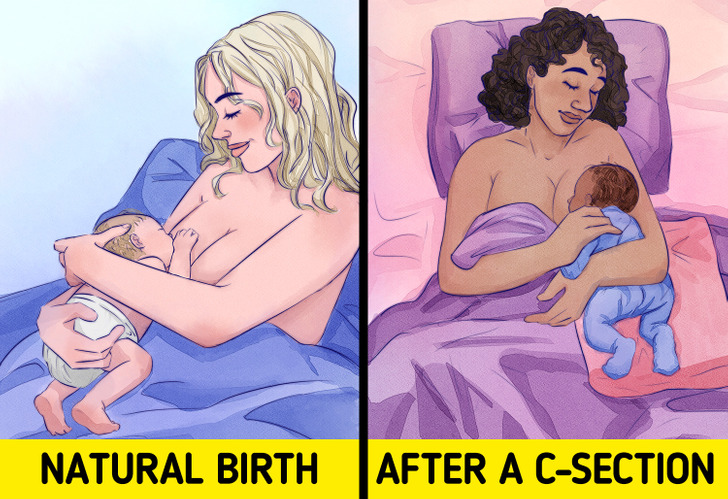
The baby-led attachment means placing your baby on your naked chest with its hips flexed and mouth and nose facing your nipple. You have to lean back and your baby will instinctively start moving towards your breast.
In the case of women who’ve had a C-section, this might be trickier but totally doable. Put a pillow next to your body and have your baby rest on that side so that it’s away from your wound. Make sure its feet are well supported so that it can use them to push closer to your chest.
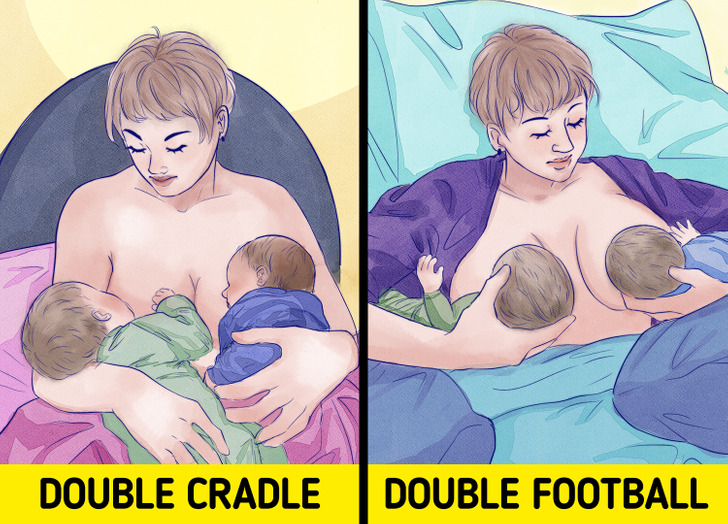
Having twins means your hands are literally full. First, try nursing one at a time before attempting a simultaneous position. The double-cradle hold will allow you to breastfeed in tandem. Use a breastfeeding pillow or one that is large enough and place it on your lap. The head of each baby should be in the crook of your elbows and their bodies crisscrossed on the pillow.
For the double-football hold, you will also need a breastfeeding pillow. Your babies should lay on each side of your body and under your arms.
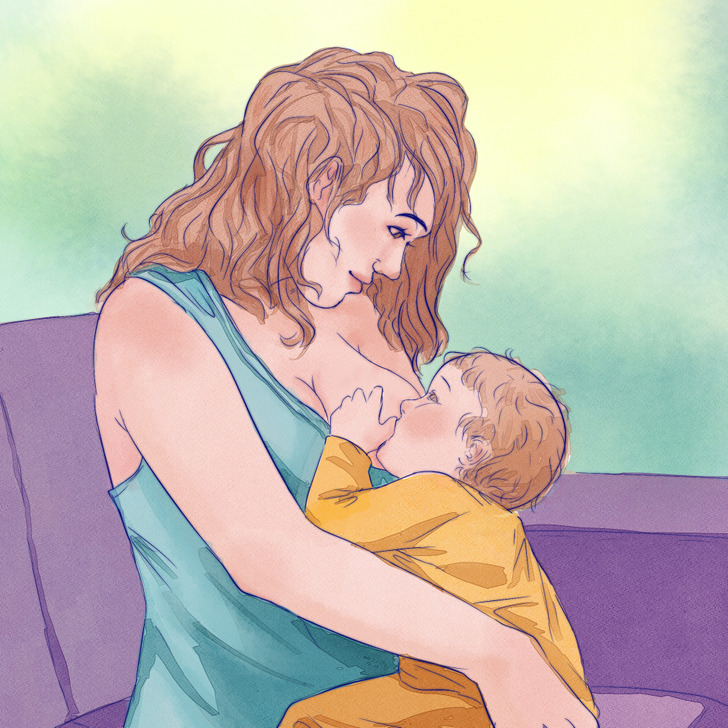
Babies often suffer from reflux after breastfeeding, throwing up part of the milk they had swallowed. In this case, breastfeeding should be done in an upright or semi-upright position since gravity aids digestion. Try walking while you’re nursing your baby because the gentle movement can be soothing. Your baby should stay in an upright position 20 minutes after feeding so the reflux doesn’t get worse.
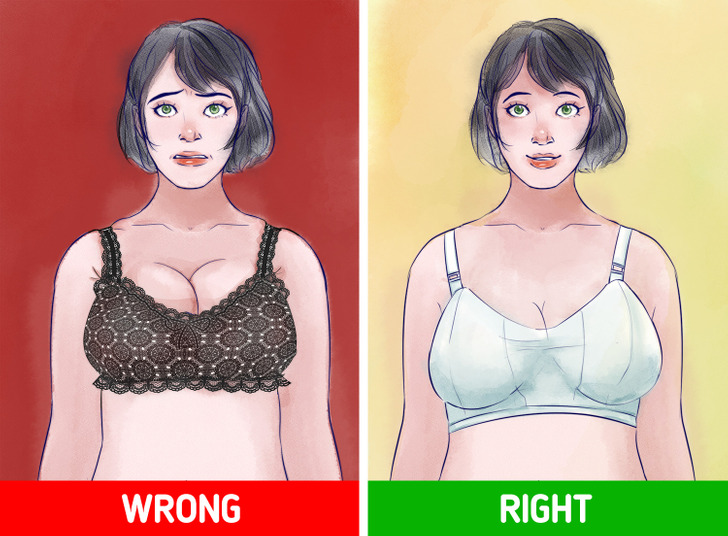
If your nipples feel sore after the feeds, make sure you check with the doctor so you can prevent them from cracking or starting to bleed, and consequently risk getting an infection.
If you use breast pads, choose ones that don’t have a plastic backing but are rather soft and made of cotton. They should be changed as soon as they get wet. The choice of bra is also essential. Get rid of the lacey or synthetic bras and go for a cotton one so that air can circulate.
Which tip are you definitely going to try? Calling on more experienced mothers — what other tips worked well with your babies?

